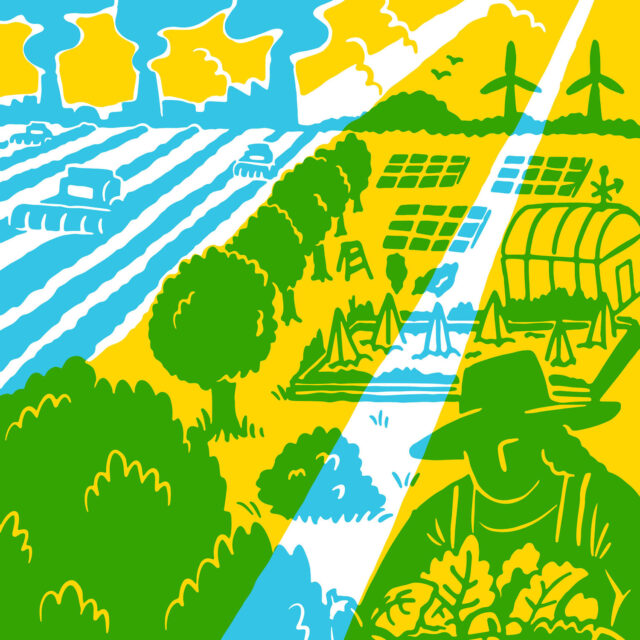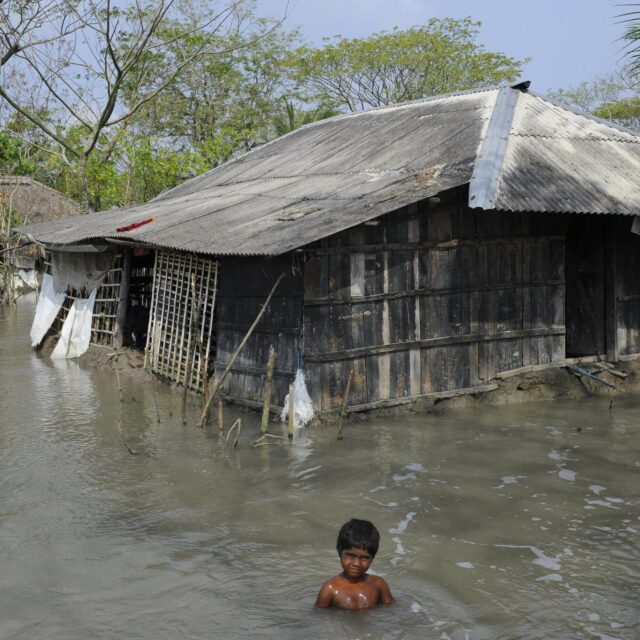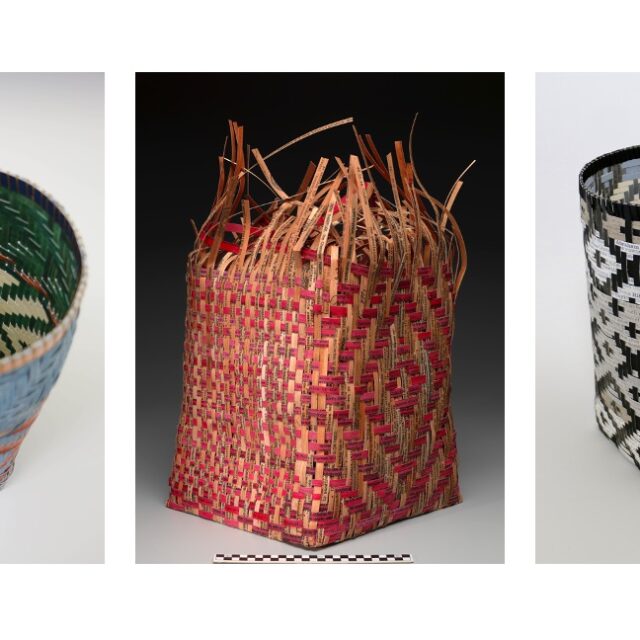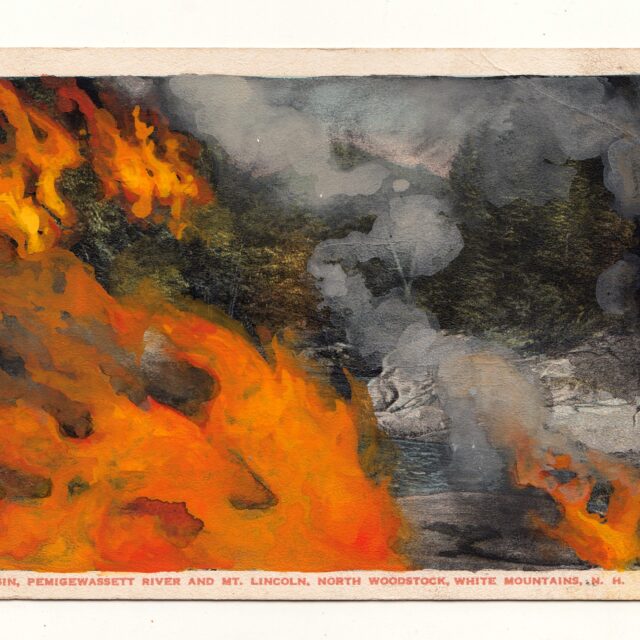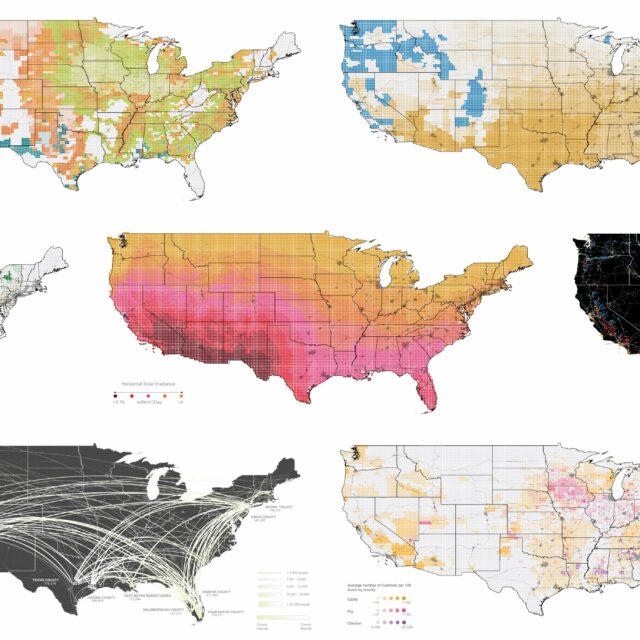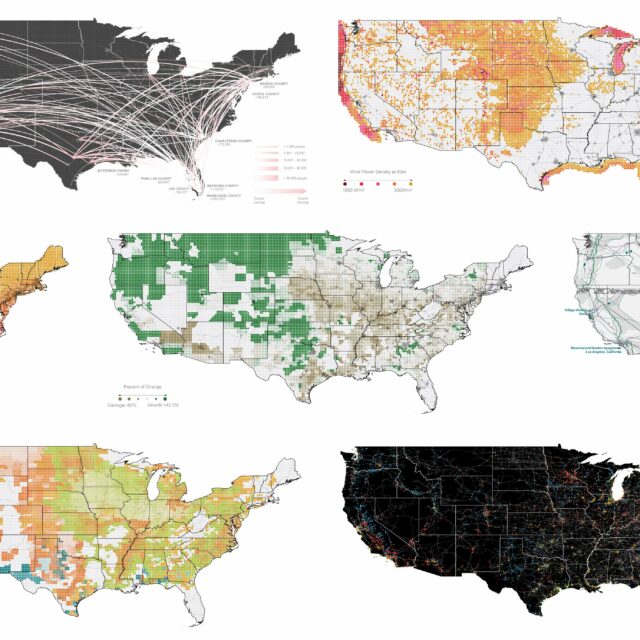The vast majority of food in markets today is produced through practices of industrial agriculture that rely heavily on mechanization, petrochemically derived inputs such as synthetic fertilizers and toxic pesticides, and genetic modification of crops for increased yields. This model of industrial agriculture has...
Category - Vol23-2 People’s Green New Deal
La gran mayoría de los alimentos que se encuentran hoy en día en los mercados se producen mediante prácticas de agricultura industrial que dependen en gran medida de la mecanización, de insumos derivados de la petroquímica, como...
The winds are howling outside of your window. The walls shake, and you fear the roof over your head will be blown away. It’s the only thing protecting you and everything you own from the torrential rains, otherwise nourishing for life on...
Emily Hamilton interviewed Sam Anderson over several days in early December, 2019. Emily is a professor of history and studies mathematics education reform. Sam is an activist, scholar, author, and early member of Science for the People...
Sticky Wall Corner emerged from the idea of using the aldoquín as a construction material. Its size and brick-like form lend itself to the creation of architectural simulacra, in this case a wall that alludes to the basic structure of a...
Three baskets by Eastern Band of Cherokee artist Shan Goshorn, woven from reproductions of manuscripts and photographs to meditate on the past, present, and future of Native people
The antique postcards pretend to show a more innocent, pre-crisis America. But Capitalism is baked into those old-timey pictures. We live -- and have lived from the beginning -- in an economic system that places profit above all other...
What is there to learn from Fleming’s “Atlas for the Green New Deal”? Rather than plowing forward as if the answers could be determined on the basis of ever-improved computation, Fleming’s team has chosen to properly recognize the lived...
This Atlas was conceived in response to three overlapping crises. First, excess carbon in the atmosphere is changing the world’s climate. Second, given the dire circumstances our planet now faces, we have reached the limits of what an...
As countries seek to recover from COVID-19, will society return to the high-mobility, high-energy, high-carbon economy of the past? Or will we shift to a low-carbon economy, one premised on more resilient, regenerative, and circular forms...



